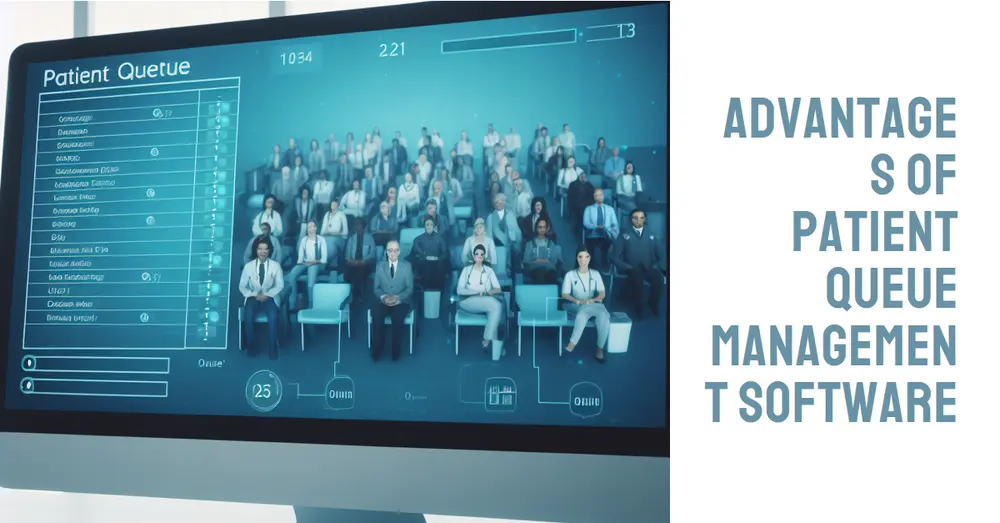Businesses need to quickly adapt to market demands to deliver high-quality software. This is no mean achievement, but the fusion of DevOps and microservices has proved to be revolutionary with time. To make this happen, both methods combine and make a continuous delivery cycle possible that enables organizations to deploy updates as well as new features more frequently and reliably.
DevOps speeds up the process of creating a product, by making it easier for developers from different teams to communicate with each other and by automating most stages of software development.
On the other hand, microservices divide intricate applications into smaller services that are easy to support because they can be developed independently from one another.
These two things together foster innovation, scalability and fault tolerance in a strong framework. In this blog post, we explore how DevOps complements microservices and their role in changing software development processes to boost business performance.
Implementing DevOps and Microservices for Continuous Delivery
When implementing DevOps and microservices for continuous delivery certain best practices need to be adopted together with tools put in place by the organization. Here are some key considerations:
Embrace a Microservices Architecture
Switching from monolithic architecture into microservices requires careful planning as well as execution of the process. Core business functionalities that can be modularized into separate services must be identified first before anything else happens. Each microservice should have an API so as it can talk to other ones using the principles of loose coupling and high cohesion.
Automate the CI/CD Pipeline
DevOps is all about automation; consequently, developing a robust CI/CD pipeline is essential for automatically testing, integrating, and deploying changed codes. Jenkins, GitLab CI or CircleCI are some of the tools that streamline this process. By leveraging DevOps CI/CD services, organizations can achieve faster and more reliable releases.
Implement Infrastructure as Code (IaC)
Using IaC helps teams manage infrastructure through code thereby ensuring consistency along with repeatability in provisioning setups across different environments such as test production et cetera hence reducing manual errors while putting less emphasis on configuration drift risk where automated tool like AWS CloudFormation or Terraform aid with push-button deployments of infrastructure resources.
Monitor and Log Continuously
The health and performance of microservices are maintained through continuous monitoring as well as logging. For instance, Prometheus, Grafana, ELK Stack (Elasticsearch, Logstash, Kibana) provide real-time insights into system performance and quick issue resolution. The integration of monitoring and logging within the CI/CD pipeline ensures timely detection and response to any irregularities.
Foster a Culture of Collaboration and Learning
DevOps is not only about tools or practices but also culture in addition to that it’s nothing without a culture which promotes collaboration, continuous learning with experimentation hence fostering DevOps as well as the adoption of microservices. Continuous improvement is driven by cross-functional teams, regular retrospectives and knowledge sharing.
Benefits of DevOps and Microservices
The marriage between DevOps solutions and microservices architecture provides various advantages to businesses. Here are some real-world advantages:
Faster Time to Market
By automating deployments and taking advantage of microservice modularity, businesses can deliver new features and updates faster. This accelerated delivery with DevOps & microservices helps companies stay competitive and respond rapidly to customer needs.
Improved Scalability
Microservices allow businesses to scale individual services based on demand through horizontal scaling. This approach optimizes resource utilization while making it possible for applications to handle different levels of traffic.
Enhanced Reliability
Automation and monitoring reduce the risk of human errors, enhance reliability by detecting issues early enough. Automated tests along with health checks ensure code changes do not affect an application’s stability.
Greater Flexibility
With microservices being modular, teams can use different technologies or frameworks for each service. This flexibility enables businesses to adopt the best tools for each task as well as experiment with newer technologies without affecting the whole application.
Better Collaboration
DevOps promotes collaboration between development and operations teams. By breaking down silos in terms of shared responsibility, better communication is encouraged leading to effective workflows thus making operations more efficient.
The Future of DevOps and Microservices Automation
Looking forward into the future DevOps plus micro-services automation holds great potential with emerging technological advancements anticipated over this era (2024 onwards). Here are some trends to watch for in 2024 and beyond:
Artificial Intelligence and Machine Learning
AI along with ML will play an increasingly important role in DevOps services’ delivery together with microservices automation throughout the lifetime of these technology-variant product lines. Through optimization of CI/CD pipelines, prediction and prevention of issues, and automated testing, these technologies can help boost the microservices automation process. Thus AI-driven insights will enable smarter decision-making while at the same time speeding up delivery times.
Serverless Computing
Serverless computing is an abstraction of infrastructure management, presenting the opportunity for developers to do nothing else but write code. This change in thinking boosts scalability, brings down operational costs as well as simplifies deployment. Furthermore, serverless computing combined with microservices will help enable even faster and more efficient delivery.
Edge Computing
Edge computing refers to a situation where computations and data storage are moved closer to the source of their creation. Latency is reduced, thereby improving performance especially for those applications that require real-time processing. Integrating edge computing with microservices ensures that businesses offer services with minimal latency and high responsiveness.
Security and Compliance
In this regard, it will be crucial to ensure security and compliance becomes paramount due to increased delivery frequency. There needs to be an emphasis on security that will enable maintenance of customer trust plus protection of sensitive data from breaches via automation which embeds security practices into CI/CD pipeline also conducts automated security tests while ensuring regulation compliance.
Conclusion
When combined together, DevOps with microservices can enable Continuous Delivery which supports faster software delivery while maintaining higher reliability levels along with flexibility. Embracing DevOps & microservices for faster releases enables businesses to respond more effectively to market demands thus gaining competitive advantage in this scenario. In addition to this approach such as automated CI/CD pipelines being best practice; infrastructure-as-code IaC also known as IaC invests on continuous monitoring thereby deepening potential further advantages of the hybrid model.
Businesses that wish to remain relevant in today’s fast-paced digital world must include DevOps CI/CD services in their operations for seamless management of workflows during the process of continuous delivery so as to ensure they remain competitive amongst other companies operating under similar conditions. Adopting both DevOps and Micro-services will allow for an integrated approach towards smooth software delivery processes that will be characterized by uniqueness hence innovation which eventually leads to successful outcomes that promote growth in terms of income generation for firms engaged herein.




